Biomedical Application of Cyclodextrin Polymers Cross-Linked via Dianhydrides of Carboxylic Acids
Abstract
1. Introduction
2. Methods of Synthesis of CD-NS
2.1. Melting
2.2. Solvent Method
2.3. Ultrasound Synthesis
2.4. Microwave Synthesis
3. Generation of CD-NS
- Urethane (or carbamate) CD-NS—are obtained from CDs cross-linked via diisocyanates and are characterized by a rigid structure, high degree of resistance to chemical degradation, and small range of swelling in aqueous and organic environments. For example, a cross-linking agent is hexamethylene diisocyanate or 2,4-diisocyanate toluene [17];
- Carbonate CD-NS—are formed from CDs cross-linked via active carbonyl compounds; for example, 1,1′-carbonyldiimidazole, triphosgene, and diphenyl carbonate. These nanosponges are characterized by short cross-linking bridges, limited swelling capacity, and good stability in the acidic and weak in the alkaline environment [27];
- Ester CD-NS—are synthesized from CDs and dianhydrides or di/polycarboxylic acids. The examples regarding, pyromellitic dianhydride (PMDA), ethylenediamine-tetraacetic dianhydride (EDTA), butane tetracarboxylic acid dianhydride, and citric acid are used. Unlike the previous two types, the ester CD-NS can absorb significant amounts of water and form hydrogels. The degree of cross-linking affects the swelling capacity due to water absorption. A smaller degree of cross-linking can lead to the absorption of more water. In addition, less chemically stable as it can be more easily hydrolyzed in an aqueous environment than urethanes or carbonates [28];
- Ether CD-NS—are the products of the reaction between cyclodextrins and cross-linking agents with epoxide groups. Examples of such compounds regard epichlorohydrin, bisphenol A diglycidyl ether, ethylene glycol, and diglycidyl ether. Even though epichlorohydrin is toxic, most research still focuses on it. In this case, CD-NS exhibit high chemical resistance and controlled swelling capacity [29,30]. Their synthesis is carried out in an alkaline environment [31].
4. Biomedical Applications
4.1. Drug Delivery
4.2. Simple Oral Complex Drug-NS-PMDA
5. Molecular Drug Targeting
6. Dermal Transport
7. Oxygen Therapy
8. Potential Scaffolds
9. Biosensors
10. Conclusions
Author Contributions
Funding
Conflicts of Interest
References
- Dodziuk, H. Cyclodextrins and Their Complexes: Chemistry, Analytical Methods, Applications; Wiley-VCH Verlag GmbH & Co. KGaA: Weinheim, Germany, 2006. [Google Scholar]
- Sliwa, W.; Girek, T. Cyclodextrins: Properties and Applications; Wiley-VCH Verlag GmbH & Co. KGaA: Weinheim, Germany, 2017. [Google Scholar]
- Harada, A.; Furue, M.; Nozakura, S.-I. Cyclodextrin-Containing Polymers. 1. Preparation of Polymers. Macromolecules 1976, 9, 701–704. [Google Scholar] [CrossRef]
- Girek, T.; Shin, D.H.; Lim, S.T. Polymerization of β-cyclodextrin with maleic anhydride and structural characterization of the polymers. Carbohydr. Polym. 2000, 42. [Google Scholar] [CrossRef]
- Shi, X.; Fan, R.; Zhang, Y.Q.; Gu, J.L.; Fu, R.N. Synthesis and Characterization of Water-Soluble Carboxymethyl-Cyclodextrin Polymer as Capillary Electrophoresis Chiral Selector. Chin. Chem. Lett. 2000, 11, 69–70. [Google Scholar]
- Harada, A.; Furue, M.; Nozakura, S.-I. Cyclodextrin-Containing Polymers. 2. Cooperative Effects in Catalysis and Binding. Macromolecules 1976, 9, 705–710. [Google Scholar] [CrossRef]
- Renard, E.; Deratani, A.; Volet, G.; Sebille, B. Preparation and characterization of water soluble high molecular weight β-cyclodextrin-epichlorohydrin polymers. Eur. Polym. J. 1997, 33, 49–57. [Google Scholar] [CrossRef]
- Mocanu, G.; Vizitiu, D.; Carpov, A. Cyclodextrin Polymers. J. Bioact. Compat. Polym. 2001, 16, 315–342. [Google Scholar] [CrossRef]
- Cserháti, T.; Fenyvesi, É.; Szejtli, J.; Forgács, E. Water-insoluble beta-cyclodextrin polymer as thin-layer chromatographic sorbent. Chim. Oggi 1995, 13, 21–24. [Google Scholar]
- Gidwani, B.; Vyas, A. A Comprehensive Review on Cyclodextrin-Based Carriers for Delivery of Chemotherapeutic Cytotoxic Anticancer Drugs. Biomed. Res. Int. 2015, 2015, 198268. [Google Scholar] [CrossRef]
- Zhang, J.; Ma, P.X. Cyclodextrin-based supramolecular systems for drug delivery: Recent progress and future perspective. Adv. Drug Deliv. Rev. 2013, 65, 1215–1233. [Google Scholar] [CrossRef]
- Cheng, J.; Khin, K.T.; Jensen, G.S.; Liu, A.; Davis, M.E. Synthesis of Linear, β-Cyclodextrin-Based Polymers and Their Camptothecin Conjugates. Bioconjugate Chem. 2003, 14, 1007–1017. [Google Scholar] [CrossRef]
- Kulkarni, A.; Caporali, P.; Dolas, A.; Johny, S.; Goyal, S.; Dragotto, J.; Macone, A.; Jayaraman, R.; Fiorenza, M.T. Linear Cyclodextrin Polymer Prodrugs as Novel Therapeutics for Niemann-Pick Type C1 Disorder. Sci. Rep. 2018, 8, 9547. [Google Scholar] [CrossRef] [PubMed]
- Caldera, F.; Tannous, M.; Cavalli, R.; Zanetti, M.; Trotta, F. Evolution of Cyclodextrin Nanosponges. Int. J. Pharm. 2017, 531, 470–479. [Google Scholar] [CrossRef] [PubMed]
- Trotta, F.; Zanetti, M.; Cavalli, R. Cyclodextrin-based nanosponges as drug carriers. Beilstein J. Org. Chem. 2012, 8, 2091–2099. [Google Scholar] [CrossRef] [PubMed]
- Sherje, A.P.; Dravyakar, B.R.; Kadam, D.; Jadhav, M. Cyclodextrin-based nanosponges: A critical review. Carbohydr. Polym. 2017, 173, 37–49. [Google Scholar] [CrossRef] [PubMed]
- Ma, M.; Li, D. Cyclodextrin Polymer Separation Materials. Patent No. WO1998022197A1, 28 May 1998. [Google Scholar]
- Daga, M.; Ullio, C.; Argenziano, M.; Dianzani, C.; Cavalli, R.; Trotta, F.; Ferretti, C.; Zara, G.P.; Gigliotti, C.L.; Ciamporcero, E.S.; et al. GSH-targeted nanosponges increase doxorubicin-induced toxicity “in vitro” and “in vivo” in cancer cells with high antioxidant defenses. Free Radic. Biol. Med. 2016, 97, 24–37. [Google Scholar] [CrossRef]
- Momin, M.M.; Zaheer, Z.; Zainuddin, R.; Sangshetti, J.N. Extended release delivery of erlotinib glutathione nanosponge for targeting lung cancer. Artif. Cells Nanomed. Biotechnol. 2018, 46, 1064–1075. [Google Scholar] [CrossRef]
- Trotta, F.; Caldera, F.; Cavalli, R.; Soster, M.; Riedo, C.; Biasizzo, M.; Uccello Barretta, G.; Balzano, F.; Brunella, V. Molecularly imprinted cyclodextrin nanosponges for the controlled delivery of L-DOPA: Perspectives for the treatment of Parkinson’s disease. Expert Opin. Drug Deliv. 2016, 13, 1671–1680. [Google Scholar] [CrossRef]
- Rao, M.R.P.; Shirsath, C. Enhancement of Bioavailability of Non-nucleoside Reverse Transciptase Inhibitor Using Nanosponges. AAPS PharmSciTech 2017, 18, 1728–1738. [Google Scholar] [CrossRef]
- Trotta, F.; Tumiatti, W. Cross-Linked Polymers Based on Cyclodextrins for Removing Polluting Agents. Patent No. US2005/0154198A1, 14 July 2005. [Google Scholar]
- Trotta, F.; Cavalli, R.; Tumiatti, W.; Zerbinati, O.; Roggero, C.; Vallero, R. Ultrasound-Assisted Synthesis of Cyclodextrin-Based Nanosponges. Patent No. EP1632503A1, 8 March 2007. [Google Scholar]
- Anandam, S.; Selvamuthukumar, S. Optimization of microwave-assisted synthesis of cyclodextrin nanosponges using response surface methodology. J. Porous Mater. 2014, 21, 1015–1023. [Google Scholar] [CrossRef]
- Krabicová, I.; Appleton, S.L.; Tannous, M.; Hoti, G.; Caldera, F.; Rubin Pedrazzo, A.; Cecone, C.; Cavalli, R.; Trotta, F. History of Cyclodextrin Nanosponges. Polymers 2020, 12, 1122. [Google Scholar] [CrossRef]
- Trotta, F.; Mele, A. Nanosponges: Synthesis and Applications; Wiley-VCH Verlag GmbH & Co. KGaA: Weinheim, Germany, 2019; p. 323. [Google Scholar]
- Trotta, F.; Cavalli, R. Characterization and Applications of New Hyper-Cross-Linked Cyclodextrins. Compos. Interface 2009, 16, 39–48. [Google Scholar] [CrossRef]
- Zhao, F.; Repo, E.; Yin, D.; Meng, Y.; Jafari, S.; Sillanpaa, M. EDTA-Cross-Linked beta-Cyclodextrin: An Environmentally Friendly Bifunctional Adsorbent for Simultaneous Adsorption of Metals and Cationic Dyes. Environ. Sci. Technol. 2015, 49, 10570–10580. [Google Scholar] [CrossRef] [PubMed]
- Shende, P.; Kulkarni, Y.A.; Gaud, R.S.; Deshmukh, K.; Cavalli, R.; Trotta, F.; Caldera, F. Acute and repeated dose toxicity studies of different β-cyclodextrin-based nanosponge formulations. J. Pharm. Sci. 2015, 104, 1856–1863. [Google Scholar] [CrossRef] [PubMed]
- Pushpalatha, R.; Selvamuthukumar, S.; Kilimozhi, D. Cross-linked, cyclodextrin-based nanosponges for curcumin delivery—Physicochemical characterization, drug release, stability and cytotoxicity. J. Drug Deliv. Sci. Technol. 2018, 45, 45–53. [Google Scholar] [CrossRef]
- Alvarez Lorenzo, C.; Rodríguez-Tenreiro Sánchez, C.; Torres Labandeira, J.J.; Concheiro Nine, A. Method of Obtaining Hydrogels of Cyclodextrins with Glycidyl Ethers, Compositions thus Obtained and Applications thereof . Patent No. EP1873167A2, 2 January 2008. [Google Scholar]
- Lembo, D.; Swaminathan, S.; Donalisio, M.; Civra, A.; Pastero, L.; Aquilano, D.; Vavia, P.; Trotta, F.; Cavalli, R. Encapsulation of Acyclovir in new carboxylated cyclodextrin-based nanosponges improves the agent’s antiviral efficacy. Int. J. Pharm. 2013, 443, 262–272. [Google Scholar] [CrossRef]
- Rossi, B.; Venuti, V.; D’Amico, F.; Gessini, A.; Mele, A.; Punta, C.; Melone, L.; Crupi, V.; Majolino, D.; Trotta, F.; et al. Toward an understanding of the thermosensitive behaviour of pH-responsive hydrogels based on cyclodextrins. Soft Matter 2015, 11, 5862–5871. [Google Scholar] [CrossRef]
- Folch-Cano, C.; Yazdani-Pedram, M.; Olea-Azar, C. Inclusion and functionalization of polymers with cyclodextrins: Current applications and future prospects. Molecules 2014, 19, 14066–14079. [Google Scholar] [CrossRef]
- Trotta, F. Cyclodextrin Nanosponges and Their Applications. In Cyclodextrins in Pharmaceutics, Cosmetics and Biomedicine: Current and Future Industrial Applications; John Wiley & Sons: Hoboken, NJ, USA, 2011. [Google Scholar] [CrossRef]
- Loftsson, T.; Jarho, P.; Masson, M.; Jarvinen, T. Cyclodextrins in drug delivery. Expert Opin. Drug Deliv. 2005, 2, 335–351. [Google Scholar] [CrossRef]
- Shende, P.K.; Gaud, R.S.; Bakal, R.; Patil, D. Effect of inclusion complexation of meloxicam with beta-cyclodextrin- and beta-cyclodextrin-based nanosponges on solubility, in vitro release and stability studies. Colloids Surfaces B Biointerfaces 2015, 136, 105–110. [Google Scholar] [CrossRef]
- Shende, P.; Chaphalkar, R.; Deshmukh, K.; Gaud, R.S. Physicochemical Investigation of Engineered Nanosuspensions Containing Model Drug, Lansoprazole. J. Dispers. Sci. Technol. 2016, 37, 504–511. [Google Scholar] [CrossRef]
- Gabr, M.M.; Mortada, S.M.; Sallam, M.A. Carboxylate cross-linked cyclodextrin: A nanoporous scaffold for enhancement of rosuvastatin oral bioavailability. Eur. J. Pharm. Sci. 2018, 111, 1–12. [Google Scholar] [CrossRef] [PubMed]
- Rao, M.R.P.; Chaudhari, J.; Trotta, F.; Caldera, F. Investigation of Cyclodextrin-Based Nanosponges for Solubility and Bioavailability Enhancement of Rilpivirine. AAPS PharmSciTech 2018, 19, 2358–2369. [Google Scholar] [CrossRef] [PubMed]
- Pushpalatha, R.; Selvamuthukumar, S.; Kilimozhi, D. Carbonyl and carboxylate crosslinked cyclodextrin as a nanocarrier for resveratrol: In silico, in vitro and in vivo evaluation. J. Incl. Phenom. Macrocycl. Chem. 2018, 92, 261–272. [Google Scholar] [CrossRef]
- Trotta, F.; Caldera, F.; Dianzani, C.; Argenziano, M.; Barrera, G.; Cavalli, R. Glutathione Bioresponsive Cyclodextrin Nanosponges. ChemPlusChem 2016, 81, 439–443. [Google Scholar] [CrossRef] [PubMed]
- Obe, G.; Vijayalaxmi. Chromosomal Alterations. Methods, Results and Importance in Human Health; Springer: Berlin/Heidelberg, Germany, 2007; p. 515. [Google Scholar]
- Argenziano, M.; Lombardi, C.; Ferrara, B.; Trotta, F.; Caldera, F.; Blangetti, M.; Koltai, H.; Kapulnik, Y.; Yarden, R.; Gigliotti, L.; et al. Glutathione/pH-responsive nanosponges enhance strigolactone delivery to prostate cancer cells. Oncotarget 2018, 9, 35813–35829. [Google Scholar] [CrossRef] [PubMed]
- Conte, C.; Caldera, F.; Catanzano, O.; D’Angelo, I.; Ungaro, F.; Miro, A.; Pellosi, D.; Trotta, F.; Quaglia, F. β-Cyclodextrin Nanosponges as Multifunctional Ingredient in Water-Containing Semisolid Formulations for Skin Delivery. J. Pharm. Sci. 2014, 103. [Google Scholar] [CrossRef] [PubMed]
- Femmino, S.; Penna, C.; Bessone, F.; Caldera, F.; Dhakar, N.; Cau, D.; Pagliaro, P.; Cavalli, R.; Trotta, F. alpha-Cyclodextrin and alpha-Cyclodextrin Polymers as Oxygen Nanocarriers to Limit Hypoxia/Reoxygenation Injury: Implications from an In Vitro Model. Polymers 2018, 10, 211. [Google Scholar] [CrossRef] [PubMed]
- Cecone, C.; Caldera, F.; Anceschi, A.; Scalarone, D.; Trotta, F.; Bracco, P.; Zanetti, M. One-step facile process to obtain insoluble polysaccharides fibrous mats from electrospinning of water-soluble PMDA/cyclodextrin polymer: Research Article. J. Appl. Polym. Sci. 2018, 135, 46490. [Google Scholar] [CrossRef]
- Wajs, E.; Caldera, F.; Trotta, F.; Fragoso, A. Peroxidase-encapsulated cyclodextrin nanosponge immunoconjugates as a signal enhancement tool in optical and electrochemical assays. Analyst 2013, 139. [Google Scholar] [CrossRef]
- Deshmukh, K.; Tanwar, Y.S.; Shende, P.; Cavalli, R. Biomimetic estimation of glucose using non-molecular and molecular imprinted polymer nanosponges. Int. J. Pharm. 2015, 494, 244–248. [Google Scholar] [CrossRef]
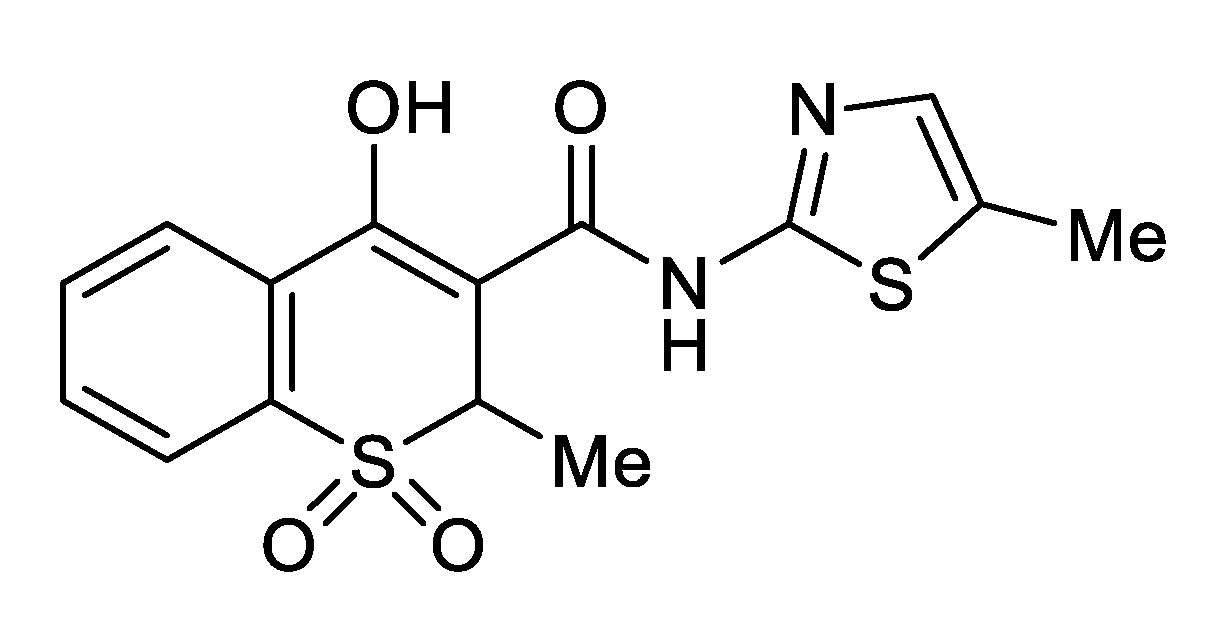
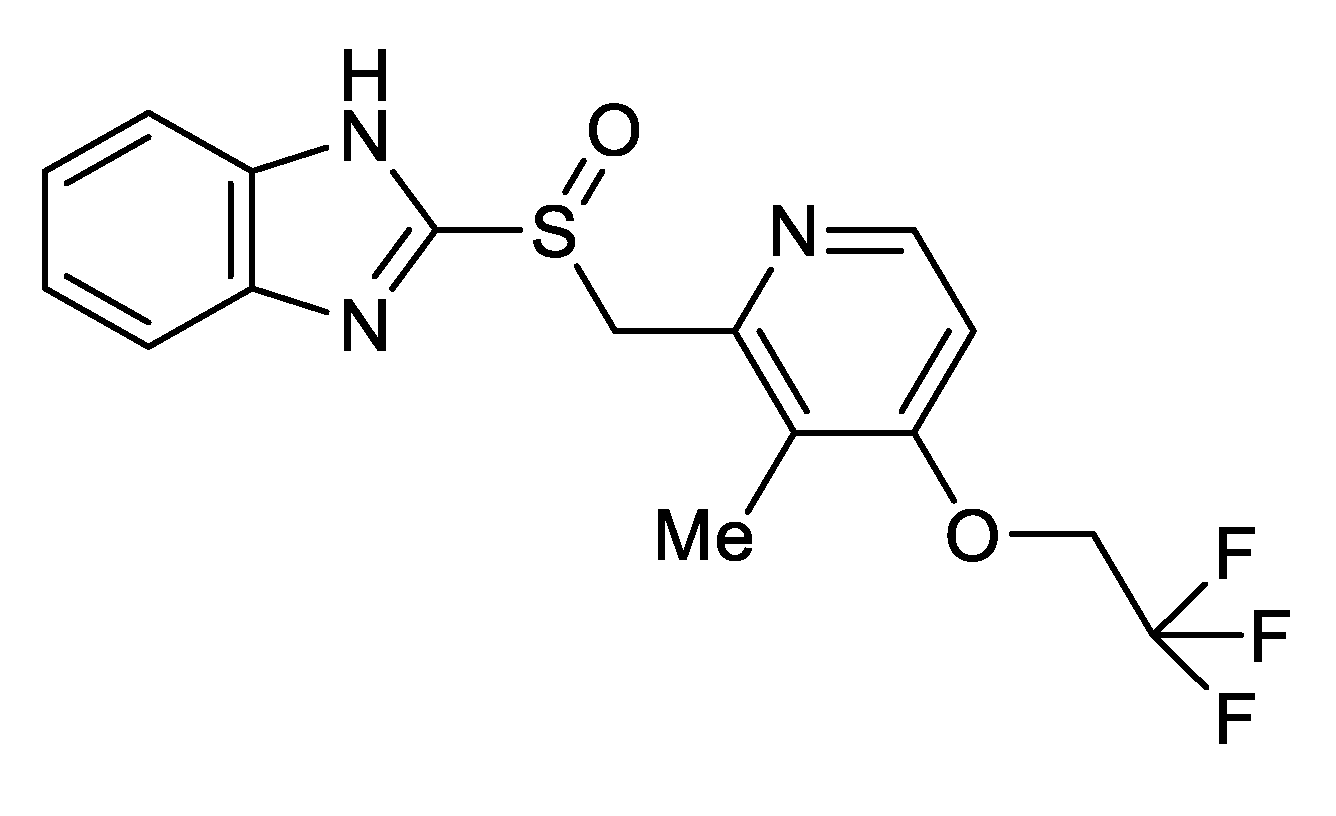

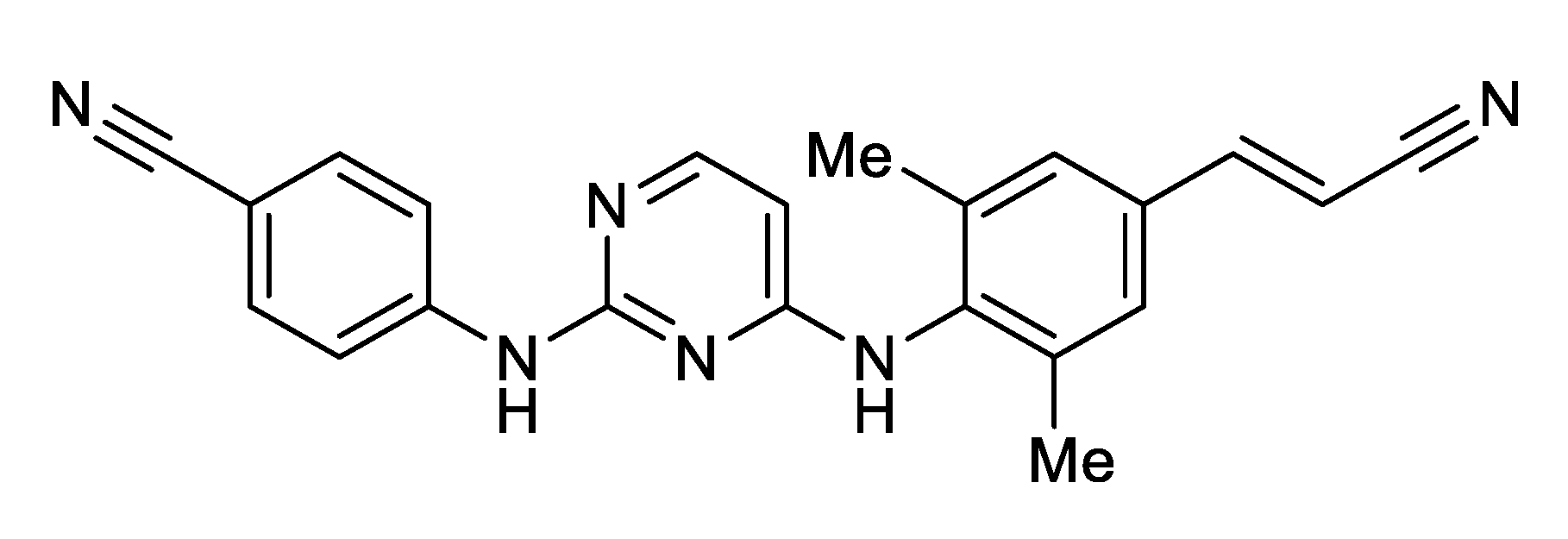
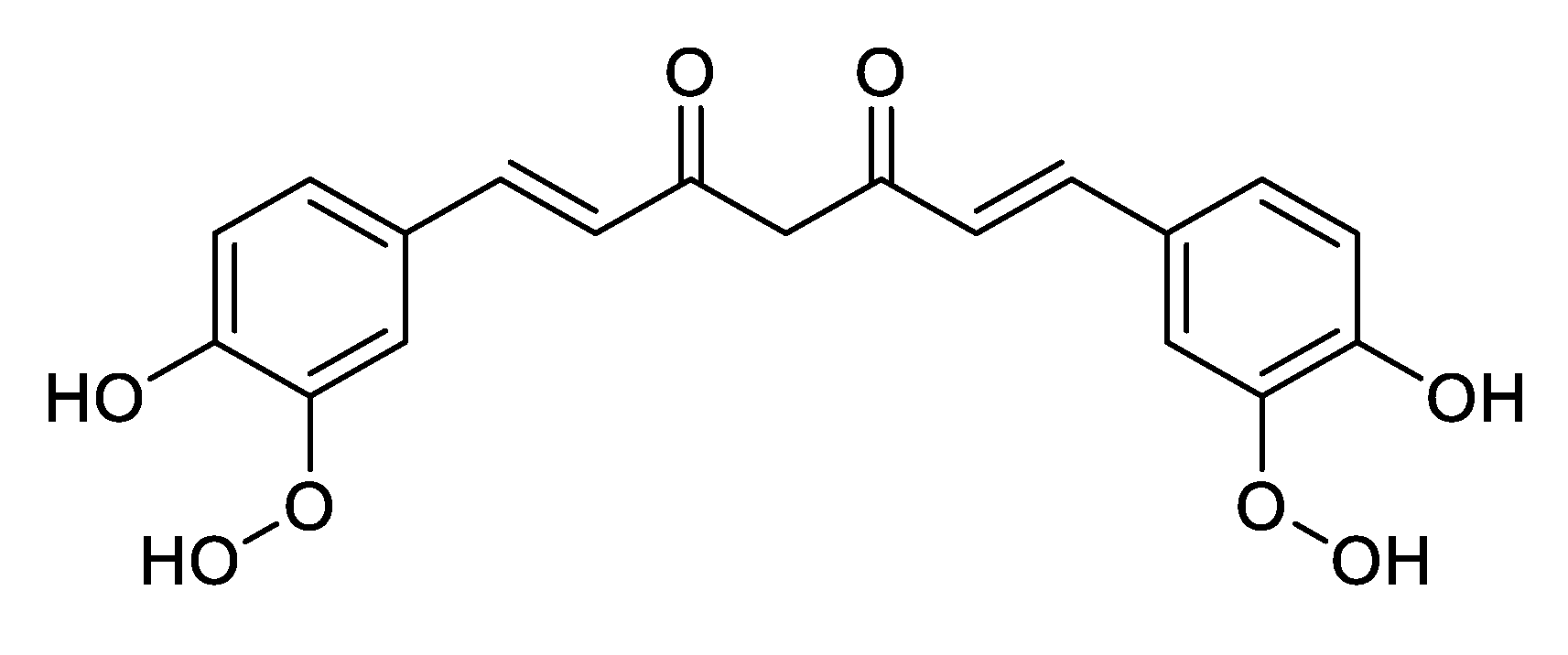
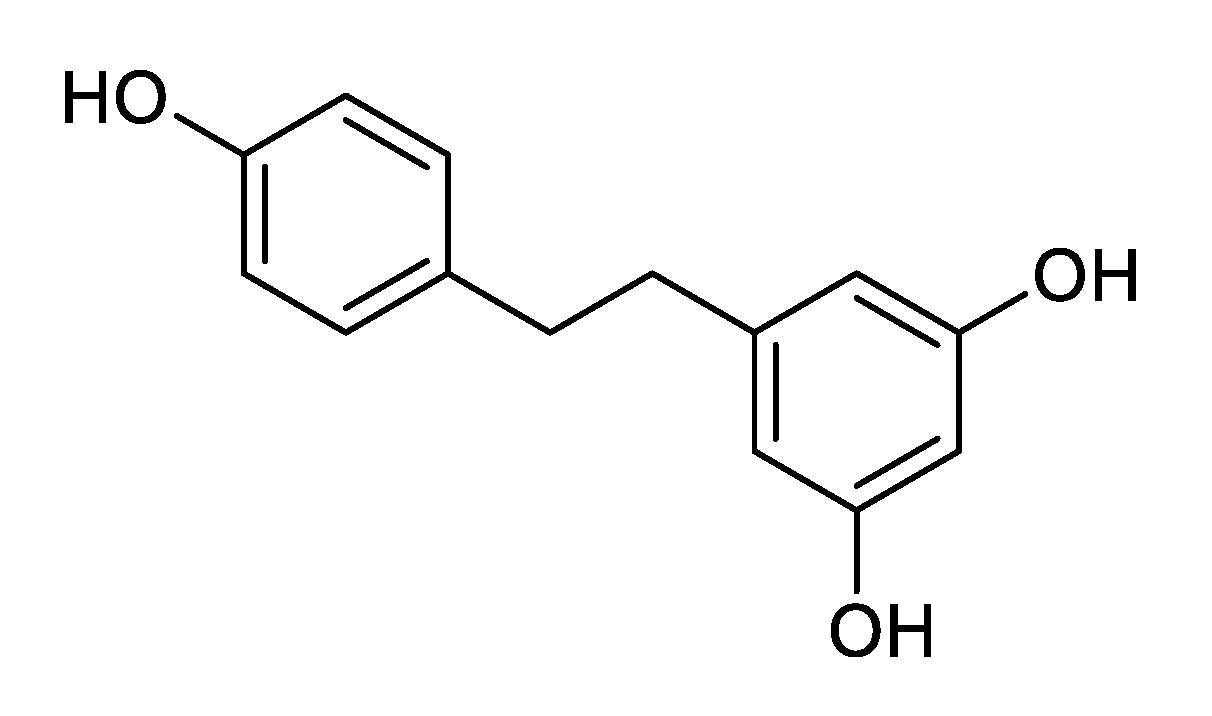

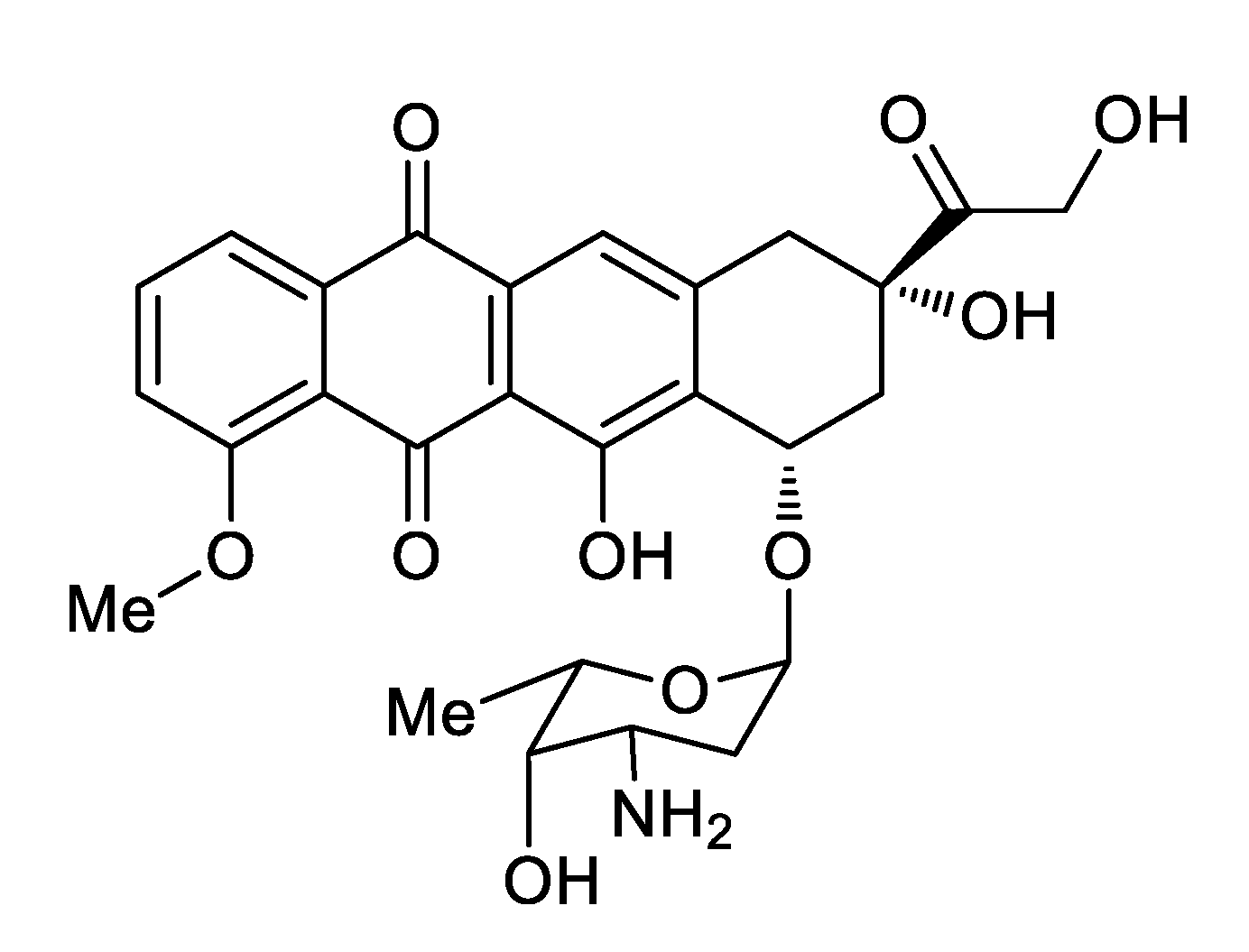


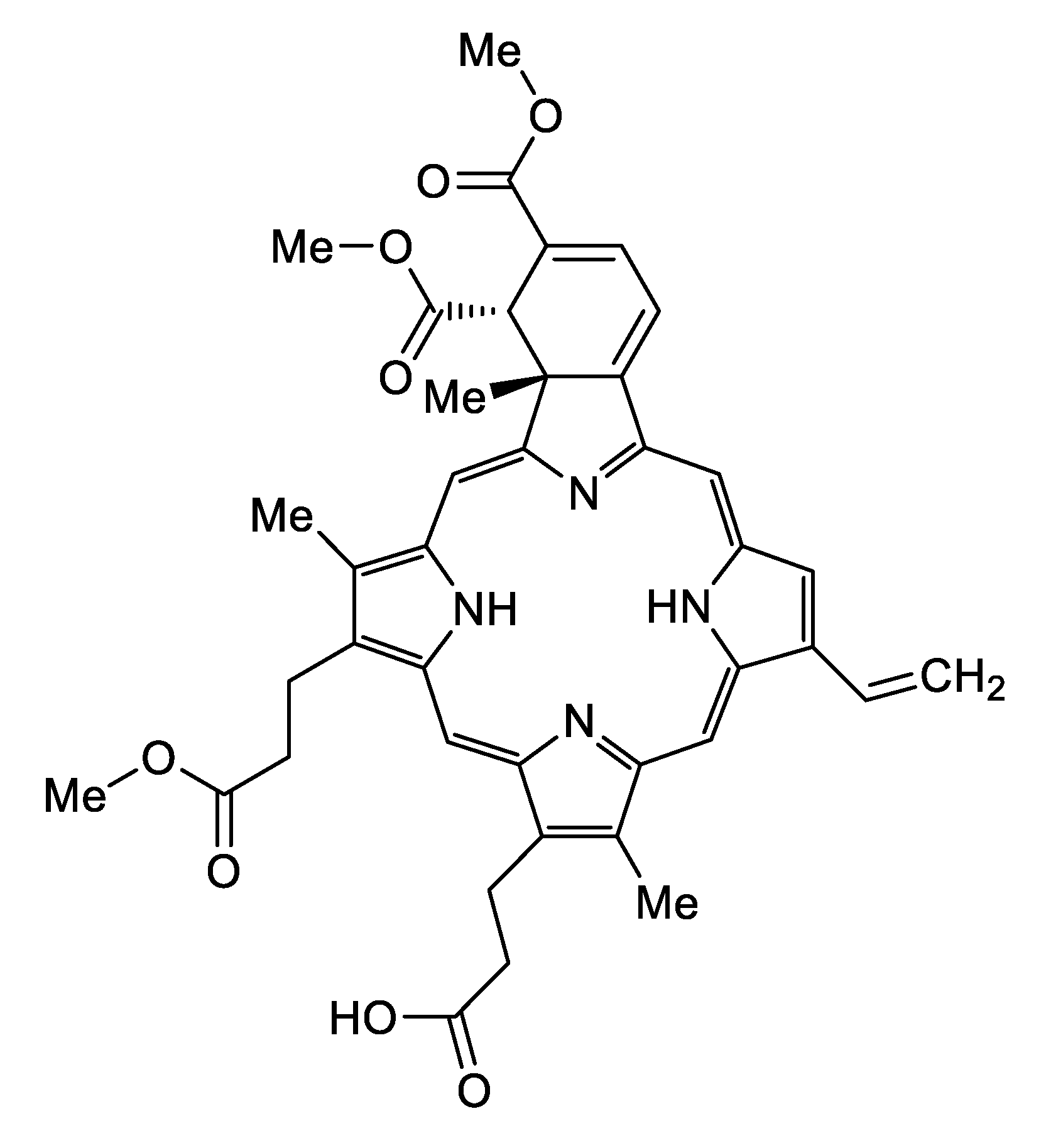
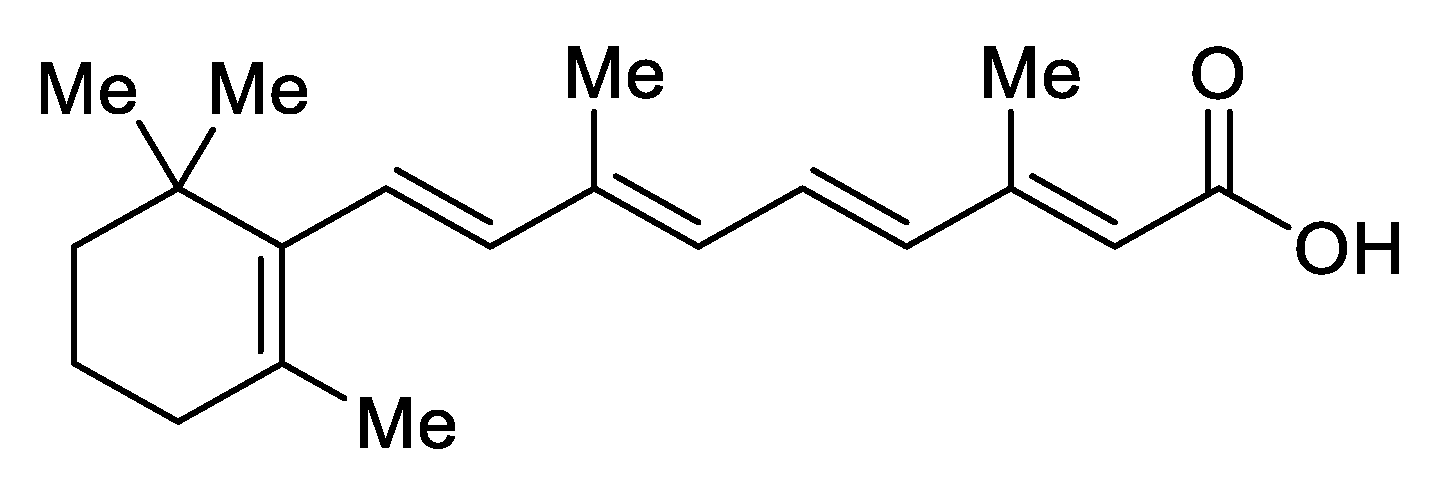
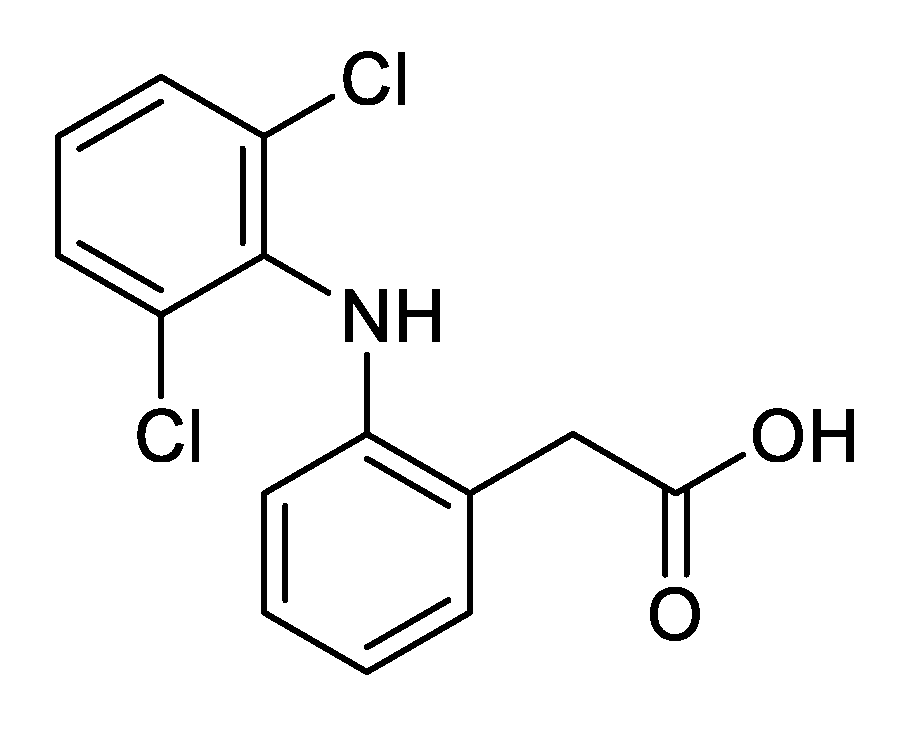
Publisher’s Note: MDPI stays neutral with regard to jurisdictional claims in published maps and institutional affiliations. |
© 2020 by the authors. Licensee MDPI, Basel, Switzerland. This article is an open access article distributed under the terms and conditions of the Creative Commons Attribution (CC BY) license (http://creativecommons.org/licenses/by/4.0/).
Share and Cite
Ciesielska, A.; Ciesielski, W.; Girek, B.; Girek, T.; Koziel, K.; Kulawik, D.; Lagiewka, J. Biomedical Application of Cyclodextrin Polymers Cross-Linked via Dianhydrides of Carboxylic Acids. Appl. Sci. 2020, 10, 8463. https://doi.org/10.3390/app10238463
Ciesielska A, Ciesielski W, Girek B, Girek T, Koziel K, Kulawik D, Lagiewka J. Biomedical Application of Cyclodextrin Polymers Cross-Linked via Dianhydrides of Carboxylic Acids. Applied Sciences. 2020; 10(23):8463. https://doi.org/10.3390/app10238463
Chicago/Turabian StyleCiesielska, Aleksandra, Wojciech Ciesielski, Beata Girek, Tomasz Girek, Kinga Koziel, Damian Kulawik, and Jakub Lagiewka. 2020. "Biomedical Application of Cyclodextrin Polymers Cross-Linked via Dianhydrides of Carboxylic Acids" Applied Sciences 10, no. 23: 8463. https://doi.org/10.3390/app10238463
APA StyleCiesielska, A., Ciesielski, W., Girek, B., Girek, T., Koziel, K., Kulawik, D., & Lagiewka, J. (2020). Biomedical Application of Cyclodextrin Polymers Cross-Linked via Dianhydrides of Carboxylic Acids. Applied Sciences, 10(23), 8463. https://doi.org/10.3390/app10238463





